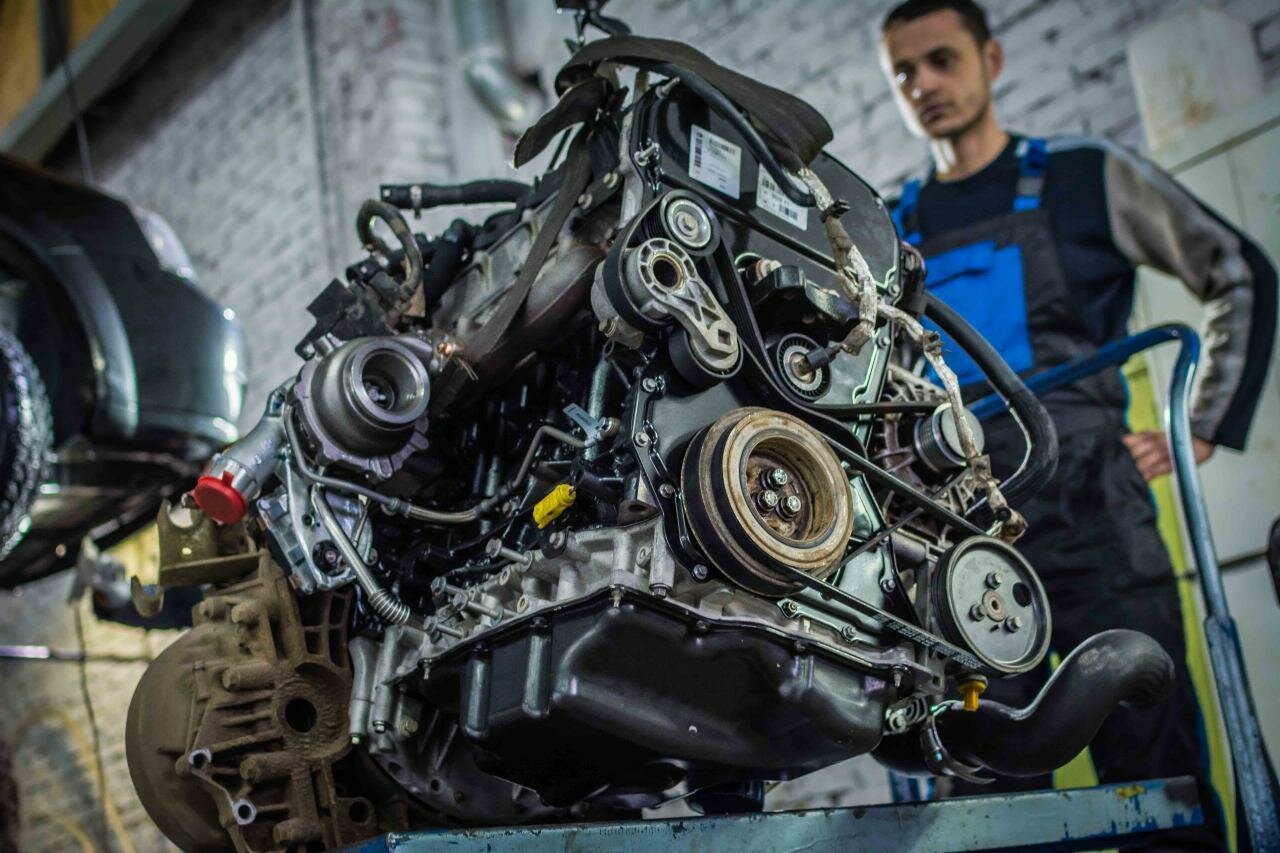Harley Twin Cam Engine: A Brief Overview
The Harley Twin Cam engine, introduced in 1999, marked a significant evolution in Harley-Davidson’s long-standing legacy of heavyweight motorcycles. Designed to replace the Evolution engine, the Twin Cam was engineered to deliver improved performance, enhanced reliability, and a more refined riding experience. The name “Twin Cam” refers to its dual camshaft design, which allows for better valve timing and increased power output. This engine quickly became a popular choice among riders, thanks to its robust torque and distinctive rumble that is synonymous with the Harley brand.
Historical Context and Development
The development of the Twin Cam engine was driven by the need for Harley-Davidson to compete in an increasingly competitive motorcycle market. The late 1990s saw a surge in demand for powerful cruisers, and the Evolution engine, while iconic, was beginning to show its age. The Twin Cam was designed not only to meet the performance expectations of riders but also to comply with stricter emissions regulations that were becoming more prevalent.
The Twin Cam engine was initially offered in two variants: the 88 cubic inch (1450cc) and later the 95 cubic inch (1550cc) versions, both of which provided a significant boost in horsepower and torque compared to their predecessors. Over the years, the engine underwent various updates and refinements, including the introduction of the Twin Cam 96 and Twin Cam 103, which further enhanced performance and efficiency.
Despite its popularity, the Twin Cam engine is not without its issues. Over the years, riders have reported a range of problems that can affect performance, reliability, and overall riding experience. Understanding these issues is crucial for current and prospective owners, as it can impact maintenance decisions and long-term ownership satisfaction. This article will delve into the common problems associated with the Harley Twin Cam engine, providing a straightforward examination of what riders need to know.
Common Problems with the Harley Twin Cam Engine
The Harley Twin Cam engine, while celebrated for its power and performance, has its fair share of problems that can plague owners. Understanding these issues is essential for maintaining the engine’s reliability and ensuring a safe riding experience. Below are some of the most frequently reported problems associated with the Twin Cam engine.
1. Cam Chain Tensioner Wear
One of the most notorious issues with the Twin Cam engine is the wear of the cam chain tensioners. These tensioners are responsible for maintaining proper tension on the cam chains, which control the timing of the engine’s valves. Over time, the tensioners can wear out, leading to a range of problems, including:
- Increased engine noise
- Loss of power
- Potential engine damage if not addressed
It is advisable to replace the cam chain tensioners at regular intervals to prevent catastrophic failure.
2. Oil Leaks
Oil leaks are another common complaint among Twin Cam owners. These leaks can occur from various points, including the cam cover, crankcase, and oil pump. The causes of oil leaks can vary, but some common factors include:
- Worn gaskets or seals
- Improper installation of components
- Excessive engine heat causing material degradation
Ignoring oil leaks can lead to low oil levels, which can severely damage the engine over time.
3. Engine Overheating
Overheating is a serious concern for any engine, and the Twin Cam is no exception. Factors contributing to overheating include:
- Insufficient oil levels
- Clogged oil passages
- Poor cooling system performance
If the engine overheats, it can lead to warped components, blown gaskets, and ultimately, engine failure.
4. Piston Slap
Piston slap is a term used to describe the noise that occurs when the piston moves within the cylinder. This can be a result of excessive wear on the piston or cylinder walls. Symptoms of piston slap include:
- Knocking or tapping sounds during operation
- Loss of power
- Increased oil consumption
Addressing piston slap early can prevent more severe engine damage.
5. Electrical Issues
Electrical problems can also arise in the Twin Cam engine, often manifesting as issues with the ignition system or charging system. Common electrical problems include:
- Faulty ignition coils
- Weak battery performance
- Corroded wiring connections
These issues can lead to poor engine performance and starting difficulties.
Top views |
|
|---|---|
 |
Oil, Timing Chains, Pistons: What Really Kills an Engine Prematurely? |
 |
How to Choose a Car with a Reliable Engine: Used Car Market Hacks That Actually Work |
Symptoms and Consequences
To summarize the problems associated with the Harley Twin Cam engine, the following table outlines the symptoms and potential consequences of these issues:
| Problem | Symptoms | Consequences |
|---|---|---|
| Cam Chain Tensioner Wear | Increased engine noise, loss of power | Potential engine damage |
| Oil Leaks | Visible oil spots, low oil levels | Severe engine damage |
| Engine Overheating | High temperature readings, steam | Warped components, engine failure |
| Piston Slap | Knocking sounds, increased oil consumption | Severe engine damage |
| Electrical Issues | Starting difficulties, poor performance | Engine failure |




0 Comments